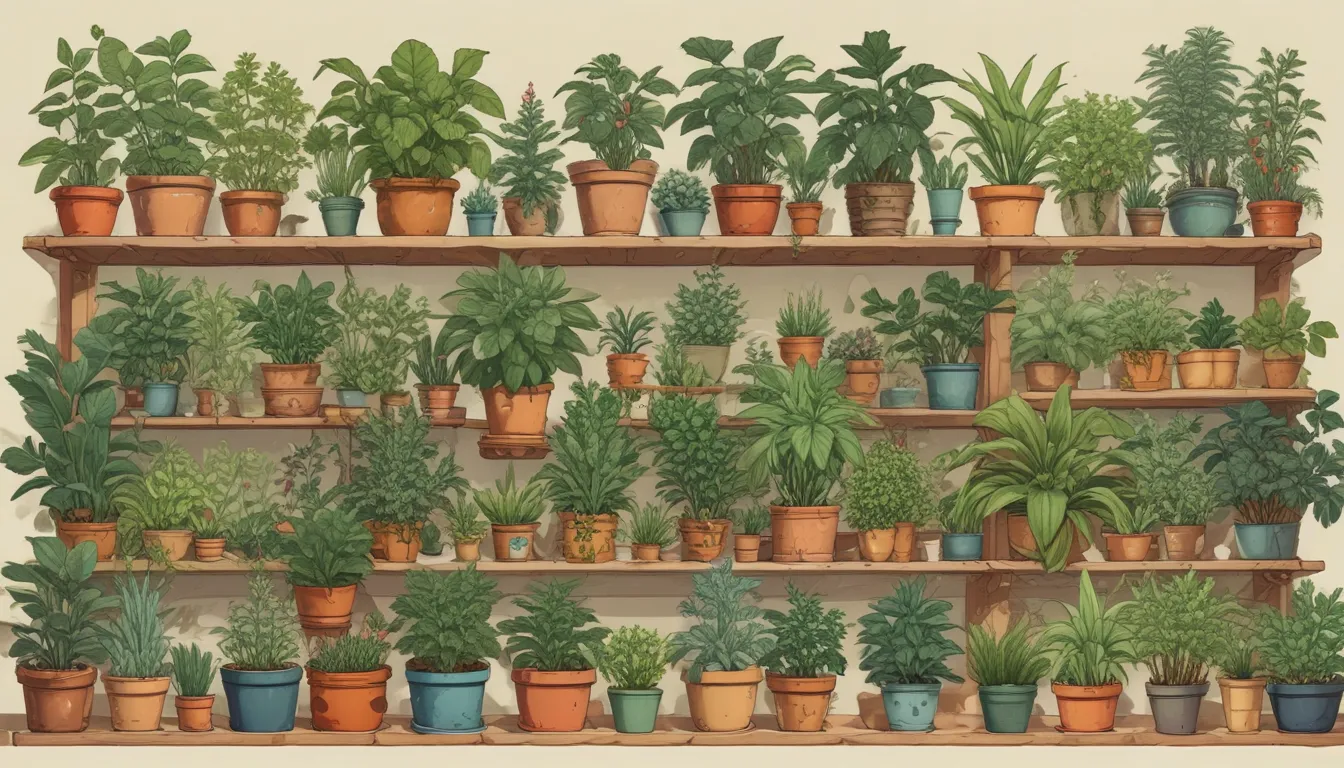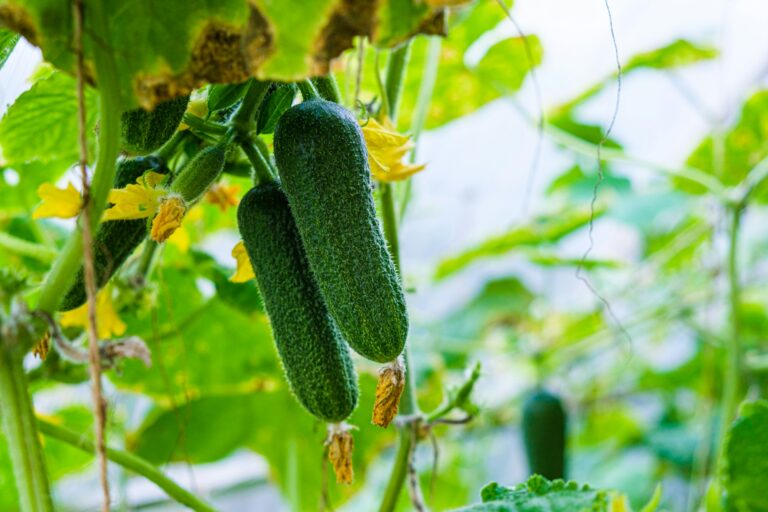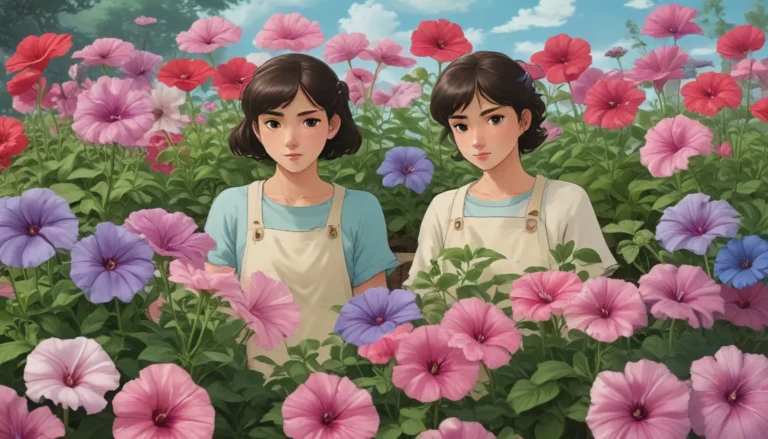Happy Houseplants: 17 Varieties Thriving in Rootbound Conditions

Are you a plant lover looking for low-maintenance houseplants that do well when rootbound? Look no further! In this detailed guide, we will explore 17 houseplants that are happy to live in snug containers, where they can thrive without the need for frequent repotting.
Let’s dive into the world of rootbound houseplants and discover their unique characteristics, care requirements, and tips for keeping them healthy in your indoor space.
The Beauty of Rootbound Houseplants
Rootbound, or potbound, plants are those whose roots have outgrown their containers and have little room left to expand. While this may seem restrictive, many houseplants actually prefer to be rootbound for various reasons, including:
- Preventing overwatering and overhandling by humans
- Mimicking their natural epiphytic or rocky habitat conditions
- Avoiding the stress of transplant shock
- Encouraging flowering, offsets, or lush growth
- Managing the size of large houseplants in indoor spaces
By keeping these plants rootbound, you can ensure they stay healthy and happy in your home without the need for frequent repotting.
1. Alocasia
Alocasia plants are known for their dramatic, arrowhead-shaped leaves and vibrant colors. These beauties thrive in bright, indirect light and moderately moist soil. They can stay in the same container until roots start emerging, signaling the need for repotting. Alocasia ‘Polly’ is a popular cultivar to consider for your indoor garden.
2. Aloe Vera
Aloe vera is a versatile succulent with soothing gel-filled leaves. These plants prefer direct sunlight and should be watered sparingly. Repot them every few years or when roots become crowded. Consider adding a live aloe vera plant to your home for its medicinal and decorative purposes.
3. Amaryllis
Often associated with holiday blooms, amaryllis plants are long-lived houseplants with stunning flowers. Place them in bright light and water when the soil is dry. Repot only when the bulb outgrows its container. Amaryllis ‘Spartacus’ is a popular variety for its striking white and red blooms.
4. Chinese Money Plant
Chinese money plants are recognizable for their circular leaves dangling on arching stems. These plants thrive in bright light and should be watered moderately. Repot them every two years as they prefer to be rootbound. Consider getting a live Chinese money plant to enhance your home decor.
5. Christmas Cactus
Christmas cacti are beloved for their festive blooms during the holiday season. Grow them in bright, indirect light and water when the soil is dry. These succulents do well when rootbound and repot them every three years. Treat yourself to a decorative holiday cactus to brighten up your living space.
6. Epiphyllum
Epiphyllums produce showy flowers on long succulent stems. They thrive in bright, indirect light and prefer to be rootbound. Repot them every five to seven years to maintain stability. Consider adding a live curly Sue epiphyllum to your collection for its unique beauty.
7. Jade Plant
Jade plants are classic succulents with thick, woody stems and green leaves. Grow them in direct sunlight and water sparingly. Repot only when roots are emerging or the plant becomes unstable. A live jade plant is a must-have for any succulent enthusiast.
8. Kalanchoe
Kalanchoes are colorful succulents that prefer to be snug in their containers. Offer them bright, indirect light and water infrequently. Look for roots emerging as a sign to repot. Consider getting a Calandiva Red kalanchoe for its vibrant blooms.
9. Lipstick Vine
Lipstick vines have elliptical leaves and red tube-like flowers. Grow them in bright light and water moderately. Repot every two to three years to encourage flowering. Consider adding a black pagoda lipstick plant to your hanging basket collection.
10. Hoya
Hoyas are known for their foliage and showy blooms. Provide them with bright, indirect light and let the soil dry out completely between waterings. Hoyas bloom more profusely when rootbound and do not require frequent repotting. Consider a Hoya latifolia ‘Variegata’ for its unique variegated leaves.
11. Norfolk Island Pine
Norfolk Island pines are indoor conifers that thrive in bright light. Water them when the soil is dry and repot them infrequently to control their growth. Decorate your home with a live Norfolk Island pine tree for a touch of holiday cheer.
12. Peperomia
Peperomias are compact houseplants with fleshy foliage. Grow them in bright light and water sparingly. Repot when the soil dries out too quickly or roots fill up the pot. Add a watermelon peperomia to your indoor garden for its attractive striped leaves.
13. Rex Begonia
Rex begonias are known for their colorful foliage and unique leaf shapes. Grow them in bright light and consistently moist soil. Let them grow rootbound to prevent stress from repotting. Consider a Harmony’s ‘Love Potion’ rex begonia for its captivating leaves.
14. Snake Plant
Snake plants are low-maintenance houseplants that tolerate neglect. Grow them in low light and water sparingly. Repot when roots outgrow the container or every five years for optimal growth. Consider a four-pack of live snake plants for a striking display.
15. Spider Plant
Spider plants are easy-to-care-for houseplants with hanging foliage. Grow them in bright light and water occasionally. Repot when roots emerge or the plant dries out too frequently. Consider a ‘Ocean’ spider plant for its compact size and graceful appearance.
16. Tree Philodendron
Tree philodendrons are tropical plants with large, lobed leaves. Grow them in low to bright light and refresh the soil periodically to control growth. Add a live tree philodendron to your indoor jungle for a touch of greenery.
17. Weeping Fig
Weeping figs are versatile houseplants with drooping branches. Grow them in bright light and avoid frequent repotting to prevent stress. Consider a braided weeping fig tree to elevate your home decor with a touch of nature.
Tips for Repotting Rootbound Houseplants
- Water the plant before repotting to ease root transition
- Pot up only one size larger and untangle outer roots gently
- Refresh the growing medium periodically to support healthy growth
With these tips and a selection of rootbound-friendly houseplants, you can create a thriving indoor garden that requires minimal maintenance. Choose the plants that best suit your space and enjoy the beauty they bring to your home.
Are you ready to transform your living space with happy, rootbound houseplants? Let us know which ones you’ll be adding to your collection in the comments below. If you have any questions or need more plant recommendations, feel free to reach out. Happy gardening!





